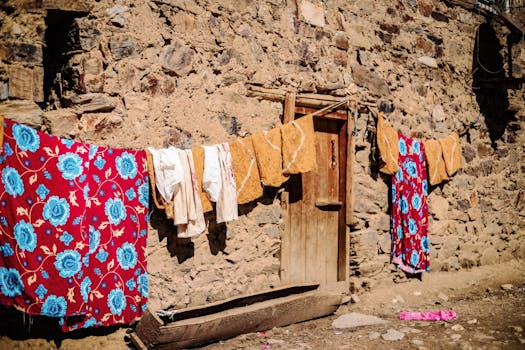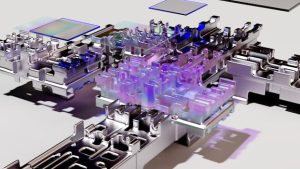Living Biological Clothing Grows Beyond Traditional Manufacturing
The fashion industry has long been criticized for its unsustainable and exploitative practices, from sweatshop labor to mass production of synthetic materials. However, a new trend in the industry is making strides towards a more sustainable future: living biological clothing. This innovative approach to fashion design is pushing the boundaries of traditional manufacturing and paving the way for a more sustainable and environmentally friendly industry.
The Evolution of Biological Clothing
The concept of biological clothing may seem like something out of a science fiction novel, but it is actually rooted in ancient practices. From using animal hides for warmth and protection to weaving natural fibers into textiles, humans have been incorporating living materials into their clothing for centuries.
However, it was not until recent years that technological advancements and a growing concern for the environment have brought living biological clothing to the forefront of the fashion world. With the rise of biotechnology and advancements in genetic engineering, designers are now able to create living garments from a variety of living organisms, such as bacteria, fungi, and even algae.
The Benefits of Living Biological Clothing
Living biological clothing offers a range of benefits that traditional manufacturing simply cannot match. Not only do these garments have a lower carbon footprint and reduce waste, but they also have the potential to be biodegradable and compostable. This means that at the end of their life cycle, they can simply be returned to the earth without leaving a lasting impact.
Additionally, living biological clothing has the potential to be self-sustaining and adaptive, meaning that it can grow and evolve along with the wearer. This could potentially eliminate the need for constant buying and discarding of clothing, further reducing waste in the fashion industry.
Challenges and Controversies
Despite the many benefits of living biological clothing, there are also challenges and controversies surrounding its development and use. One of the main concerns is the use of genetic engineering and manipulation, with some critics arguing that this goes against nature and poses potential risks to both the environment and human health. However, proponents of this technology argue that it can be used responsibly and has the potential to greatly reduce the environmental impact of the fashion industry.
Another challenge is the cost of production. Due to the complex process and cutting-edge technology involved in creating living biological clothing, it is currently much more expensive than traditional manufacturing methods. This makes it less accessible for the general public and restricts it to a niche market. However, as the technology advances and becomes more mainstream, it is hoped that the costs will eventually decrease.
The Future of Fashion
The concept of living biological clothing is still in its early stages, but it has already made a big impact on the fashion industry. Designers and scientists are constantly experimenting with new materials and techniques, pushing the boundaries of what is possible and reimagining the way we create and consume clothing.
It is clear that the future of fashion lies in sustainability, and living biological clothing is at the forefront of this movement. As technology continues to advance and the demand for sustainable products grows, it is only a matter of time before living biological clothing becomes a mainstream and accessible option for consumers.
In conclusion, living biological clothing is an exciting and groundbreaking development in the fashion industry. It has the potential to revolutionize the way we think about clothing, with its sustainable and self-sustaining properties. While there are still challenges and controversies surrounding its use, the future looks bright for this innovative and environmentally friendly approach to fashion design.











